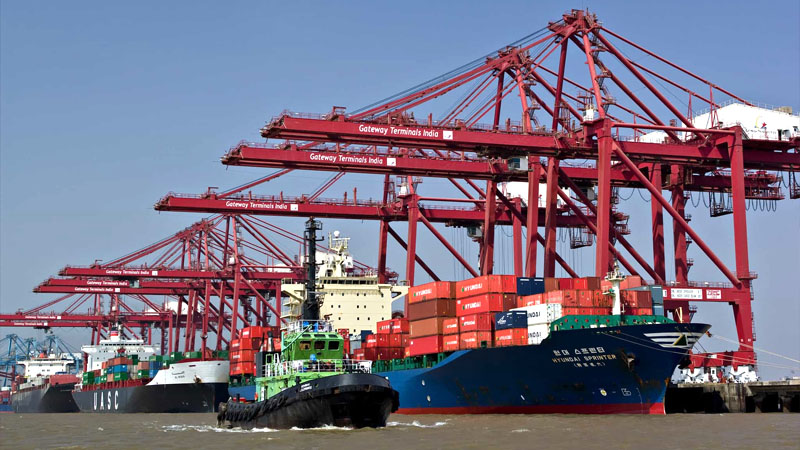Exclusive content

India’s shrimp industry staged a comeback in 2024, with exports surging to their highest levels since 2021. The country’s shrimp exports grew by 14% in volume and 11% in value, reaching nearly 600,000 tons and $4.12 billion, respectively. This impressive performance has propelled India past Ecuador to become the world’s fastest-growing shrimp exporter. Meanwhile, Ecuador’s exports stagnated at 1.21 million tons, hampered by reduced orders from its primary market, China.
The United States remains the largest market for Indian shrimp, accounting for 304,000 tons worth $2.38 billion in 2024, up 14% and 13% respectively from the previous year. China, the second-largest market, saw a 7% increase in volume to 140,000 tons, valued at $751 million. Europe also experienced a significant uptick, with exports rising by 25% to 86,000 tons, worth $525 million.
Tariff Shock and Supply Chain Crisis
However, the industry’s fortunes took a sharp turn in 2025 when the United States, a critical consumer market, initially imposed a 26% retaliatory tariff on Indian shrimp imports. Although the tariff was later adjusted, the move triggered a localized crisis in the supply chain. Raw shrimp prices in India plummeted, leaving farmers and hatcheries facing substantial losses. Manoj Sharma, managing director of Mayank Aquaculture in Gujarat, described the situation as “absolute panic,” noting that asking prices in the state had fallen by INR 30–40 per kg ($0.35–0.46 per kg). This price collapse placed immense pressure on hatcheries and threatened their plans for the new stocking season.
Despite these challenges, the industry showed resilience in the early months of 2025. In January, before the tariff took full effect, exports to the US continued to grow, with a 6% increase in volume and an 18% rise in value, driven by an 11% increase in unit prices. However, exports to China plummeted by 45% due to the early arrival of the Lunar New Year holiday, which disrupted short-term imports.
Navigating Uncertainty
Overall, India’s shrimp exports in January were down 3% in volume but up 9% in value, thanks to higher unit prices. The industry now faces the dual challenge of navigating volatile tax policies and uncertain demand while striving to maintain its growth momentum and protect the livelihoods of farmers and exporters.
As the Indian shrimp industry grapples with these headwinds, its ability to adapt and innovate will be crucial in sustaining its position as a global leader in shrimp exports. The coming months will test the resilience of an industry that has, until recently, been a shining example of India’s export prowess.